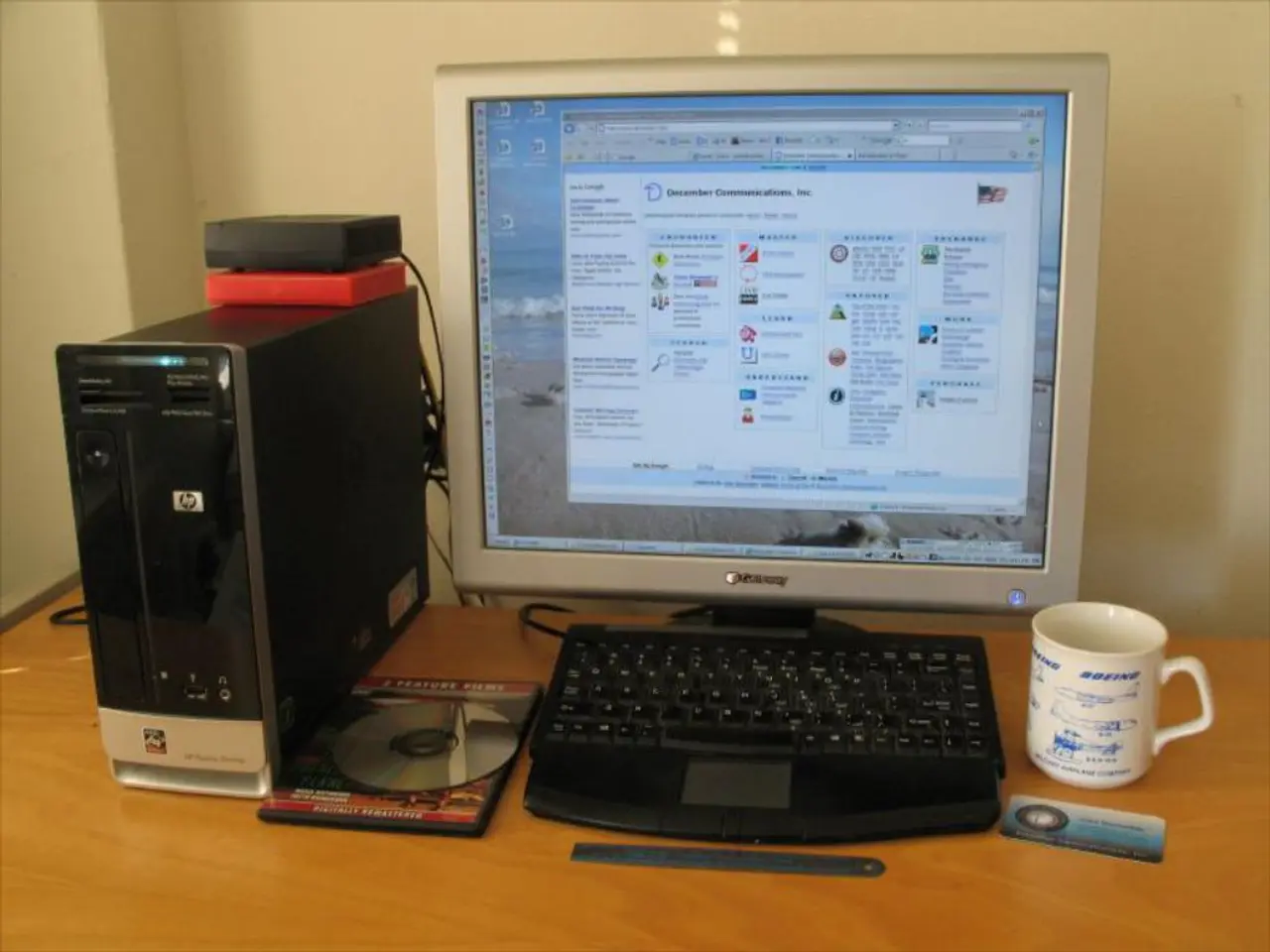SD Card Lock Mechanism Simplicity Enhanced with SMD Capacitor Usage
In a world where cost-efficiency and innovation go hand in hand, a clever hack using SMD (Surface Mount Device) capacitors has emerged as a game-changer for high-volume projects. This ingenious solution offers an alternative to expensive mechanical supports like clips or mounts, providing a cost-effective and elegant solution for flash media slots, such as SD card slots.
The hack leverages the physical properties of SMD capacitors to create a simple locking mechanism. By soldering an SMD capacitor to a routed tab, you can transform it into a mechanical support for your circuit board. Here's a step-by-step guide on how to implement this hack:
## Materials Needed - SMD Capacitors: Choose capacitors that fit your board design and are suitable for mechanical support. They do not need to be electrically connected for this purpose. - Soldering Iron and Solder: For attaching the capacitor to the PCB. - PCB with Flash Media Slot: The circuit board where you want to add the capacitor latch.
## Soldering Techniques 1. Prepare Your PCB: Ensure the PCB is clean and free of any debris. 2. Apply Solder Flux: Apply a small amount of solder flux to the area where you will solder the capacitor. 3. Place the Capacitor: Position the SMD capacitor on the tab or area where you want it to act as a latch. Ensure it is aligned properly. 4. Solder the Capacitor: Use a fine-tip soldering iron to solder one end of the capacitor to the tab. Make sure not to apply too much solder, as this can create a bridge or short circuit. 5. Verify the Connection: Inspect the solder joint to ensure it is secure and does not connect to any other components unintentionally.
## Placement Techniques 1. Plan the Mechanical Support: Determine the best placement for the capacitor to provide mechanical support without obstructing the insertion or ejection of the flash media. 2. Position for Flexibility: Position the capacitor so that it can flex enough to allow easy insertion and removal of the media, but still hold it securely in place. 3. Avoid Obstructions: Ensure the capacitor does not obstruct any other components or paths on the PCB. 4. Test the Mechanism: Once soldered, test the capacitor's flexibility and its ability to hold the media in place securely.
For high-volume projects, it's advisable to utilize existing components and establish a standard design for the capacitor latch to ensure consistency across all units.
This hack is particularly beneficial for high-volume projects due to cost savings, as SMD capacitors are cheaper than special purpose clips or mounts. Newer equipment is more likely to have SMD components, making this hack easily accessible.
While the article does not provide specific details about the use of SMD capacitors for a locking mechanism, cost savings, flexibility, or mechanical support, learning to solder SMD capacitors is crucial for beginners. Resources are available to learn the basics of using SMD capacitors, and tips from experienced individuals, such as JohnU, can help guide you along the way.
So, why not give this hack a try and share your own SMD capacitor hacks with us? The possibilities are endless!
- This hack utilizing SMD capacitors transforms into a mechanical support for circuit boards, offering an economical and sleek alternative to pricier mechanical supports like clips or mounts for flash media slots.
- For high-volume projects, employing SMD capacitors in this way can result in significant cost savings, providing a compelling reason for novices to learn this technique.




